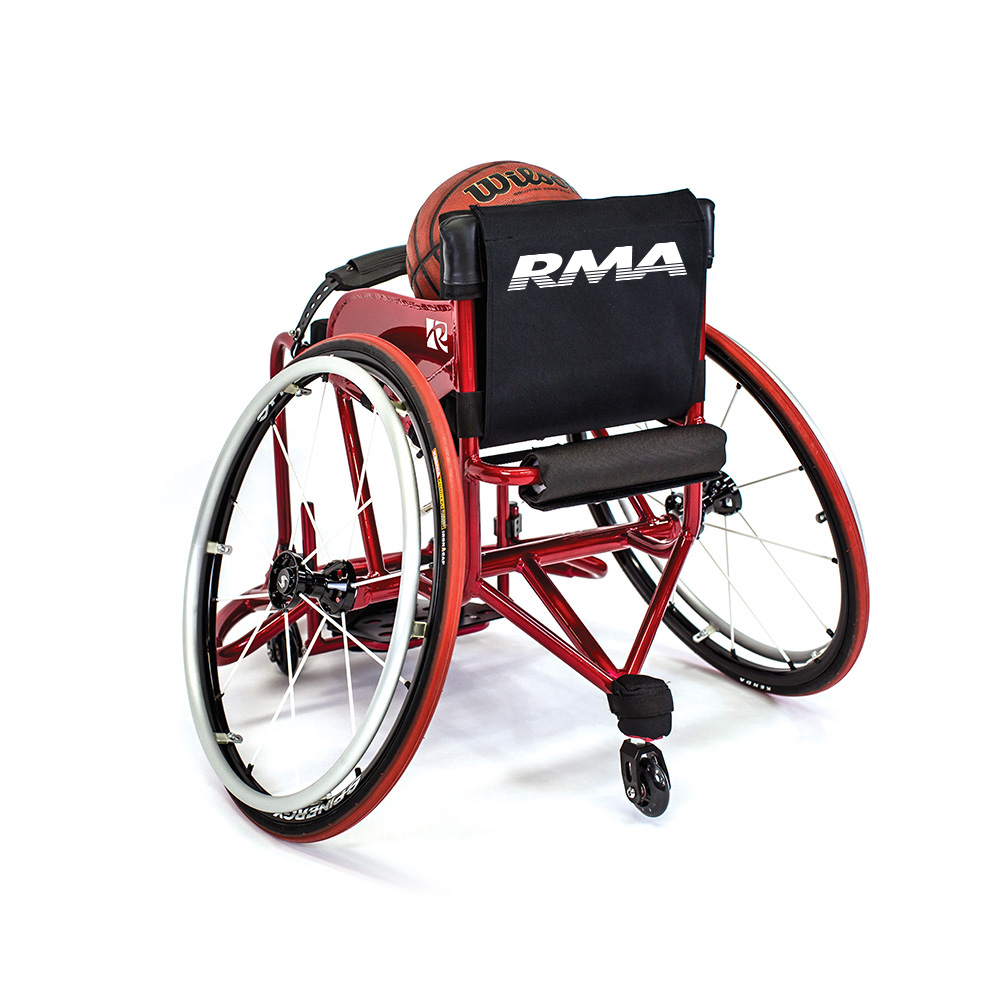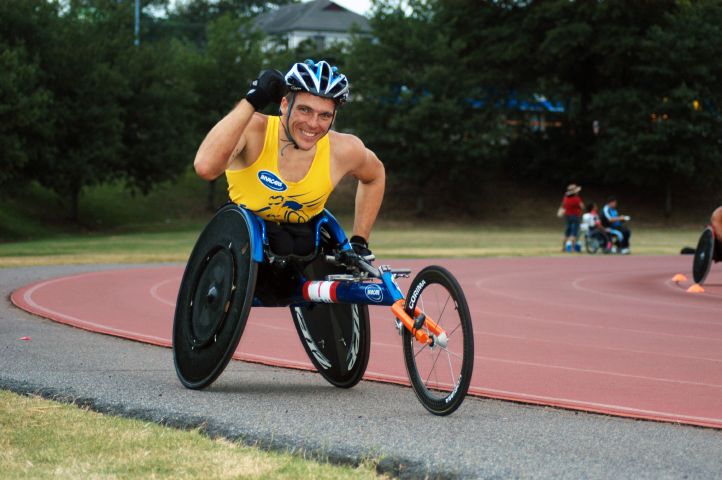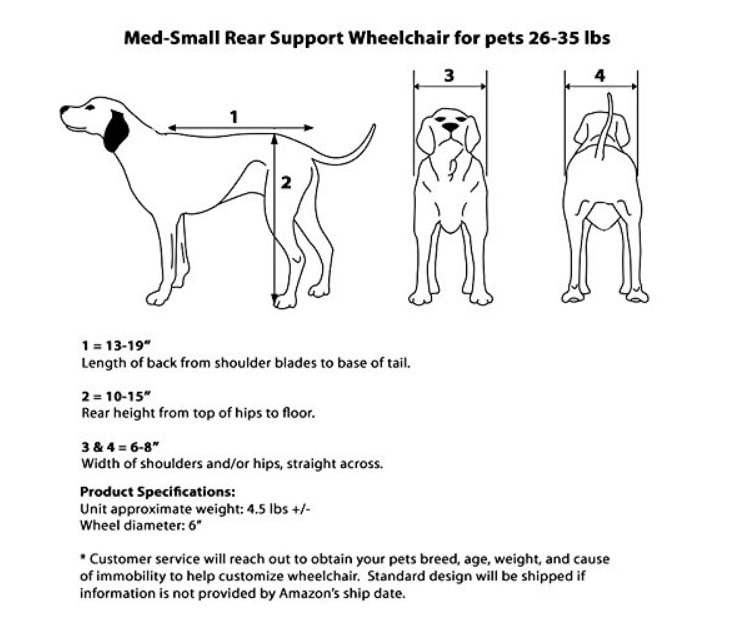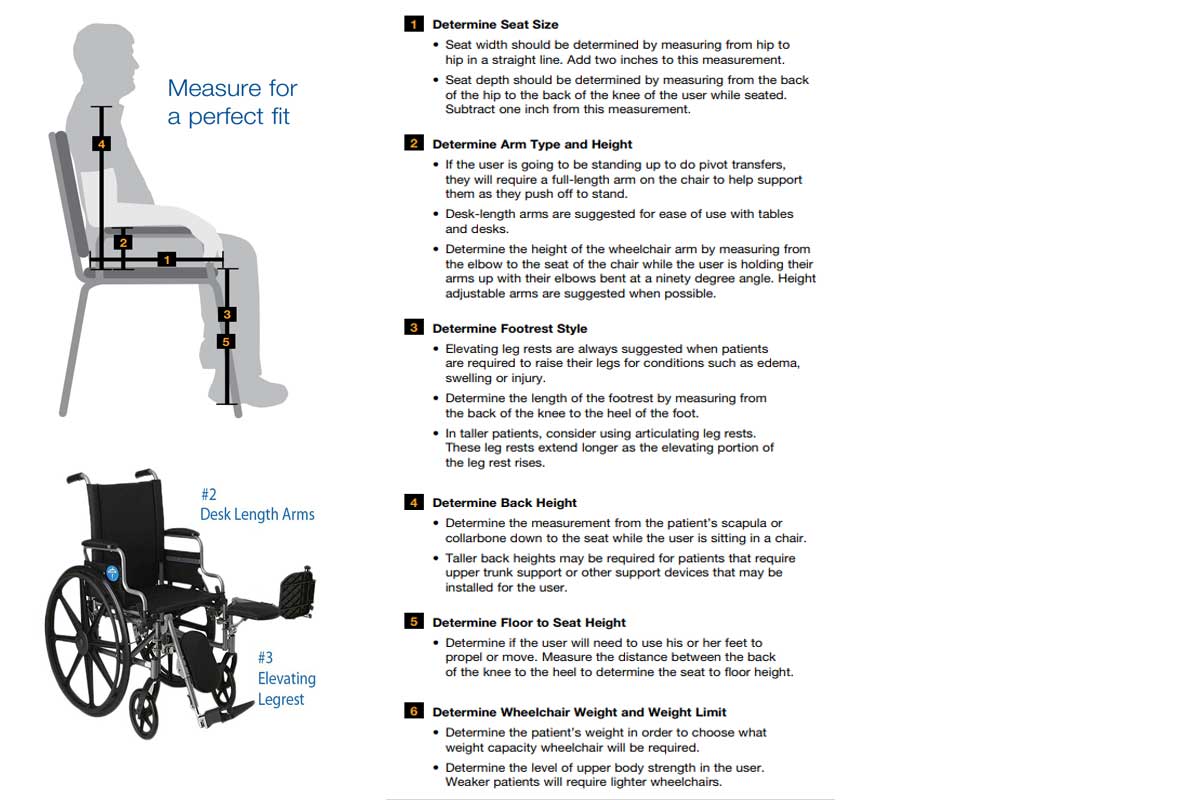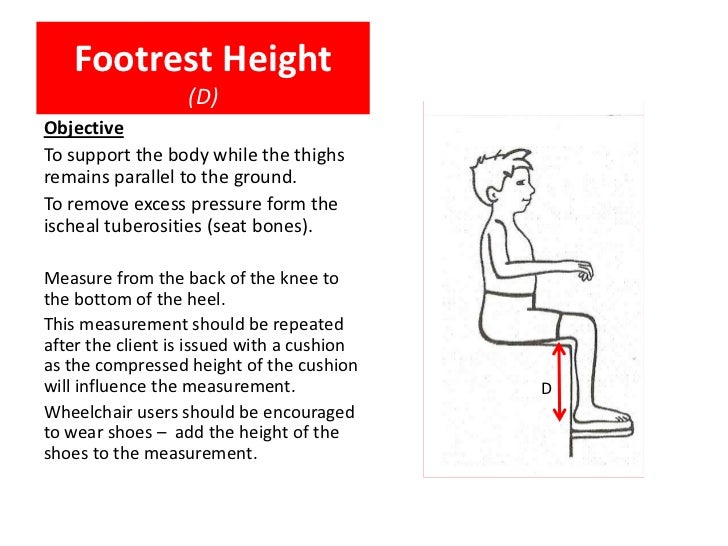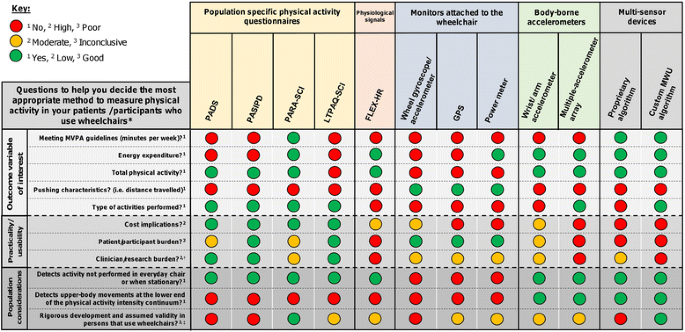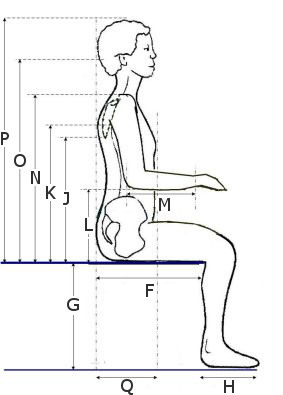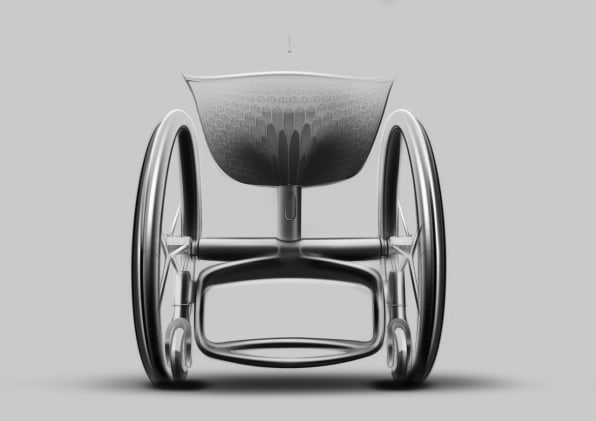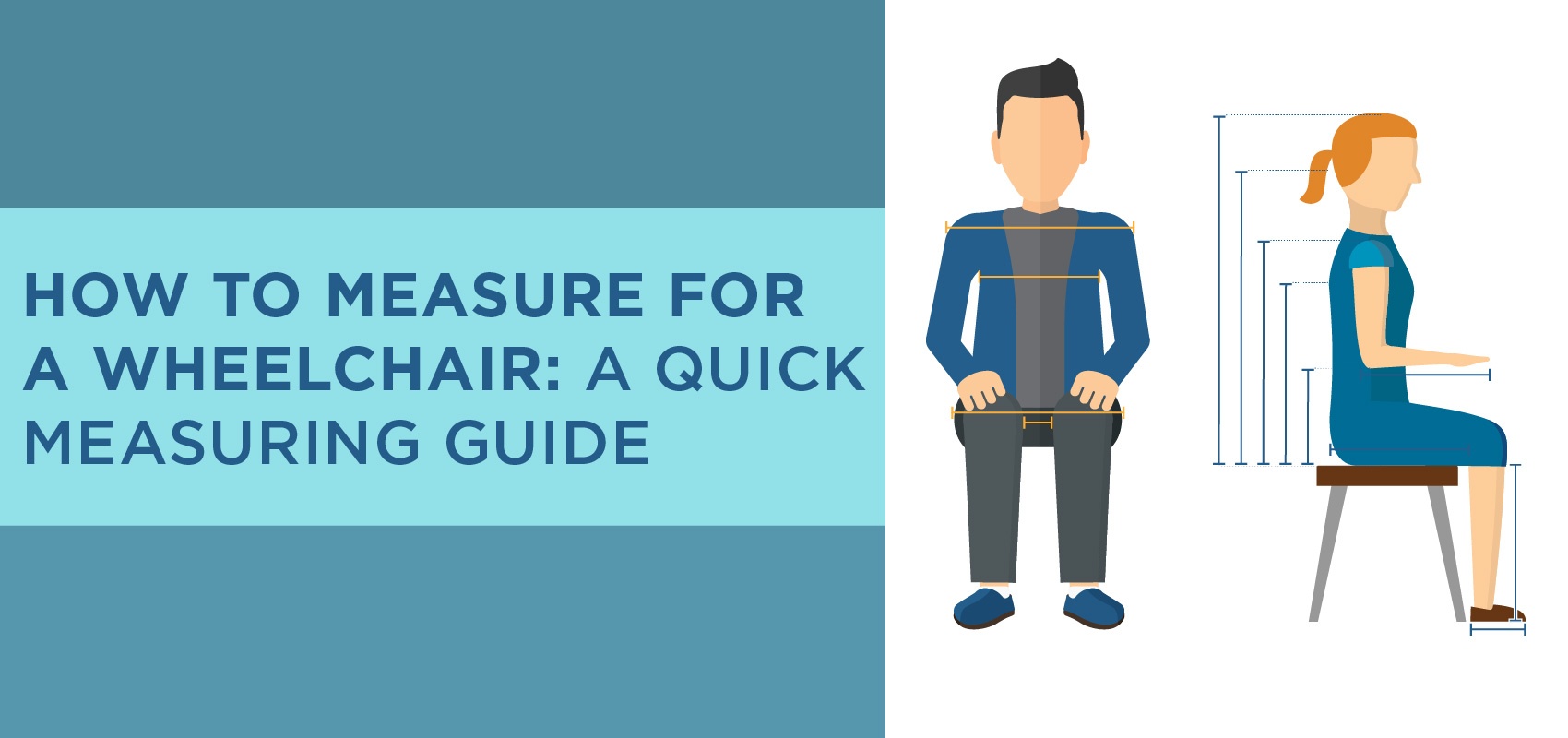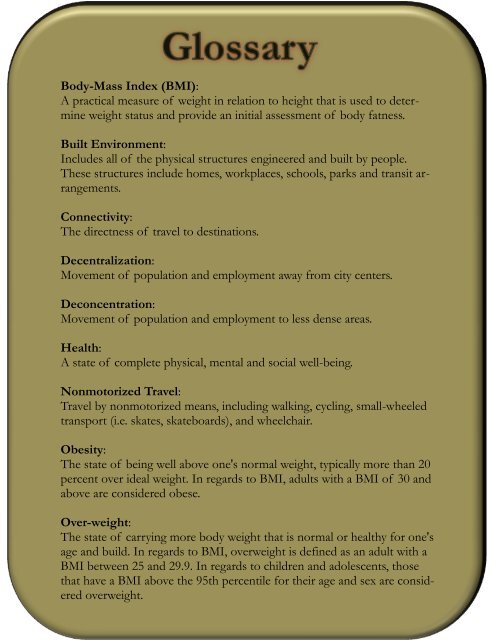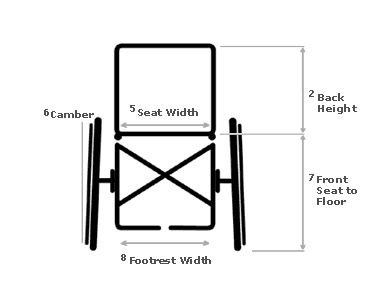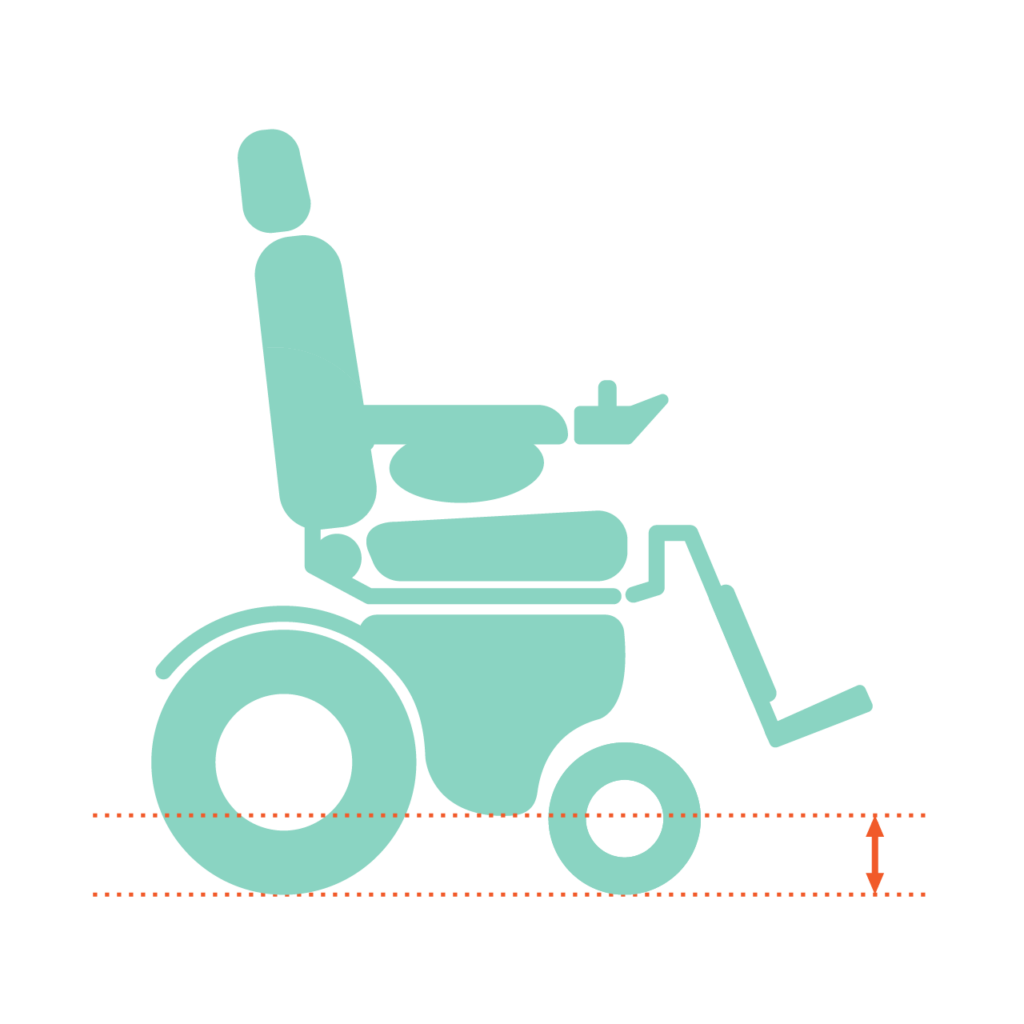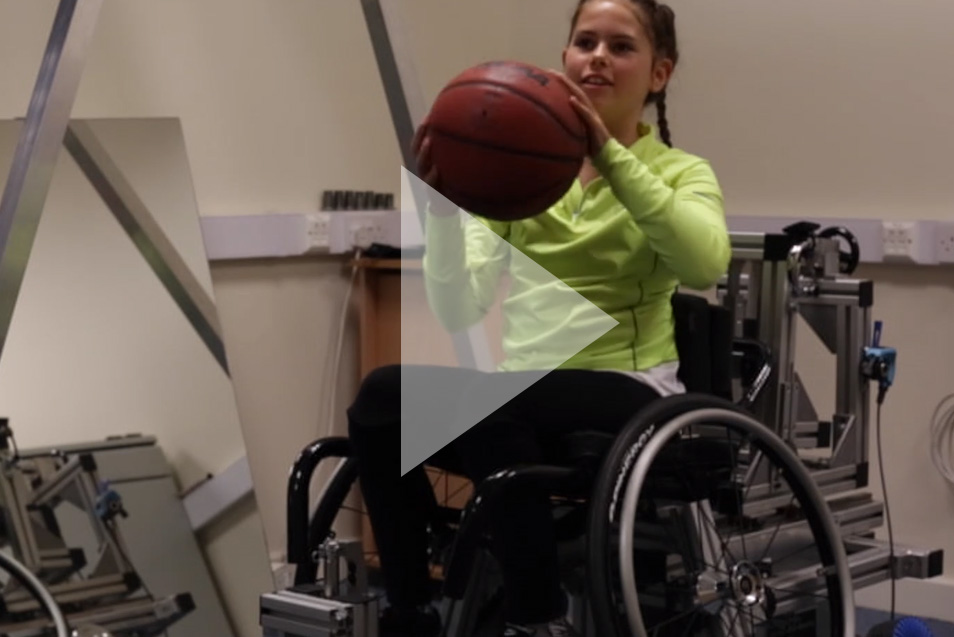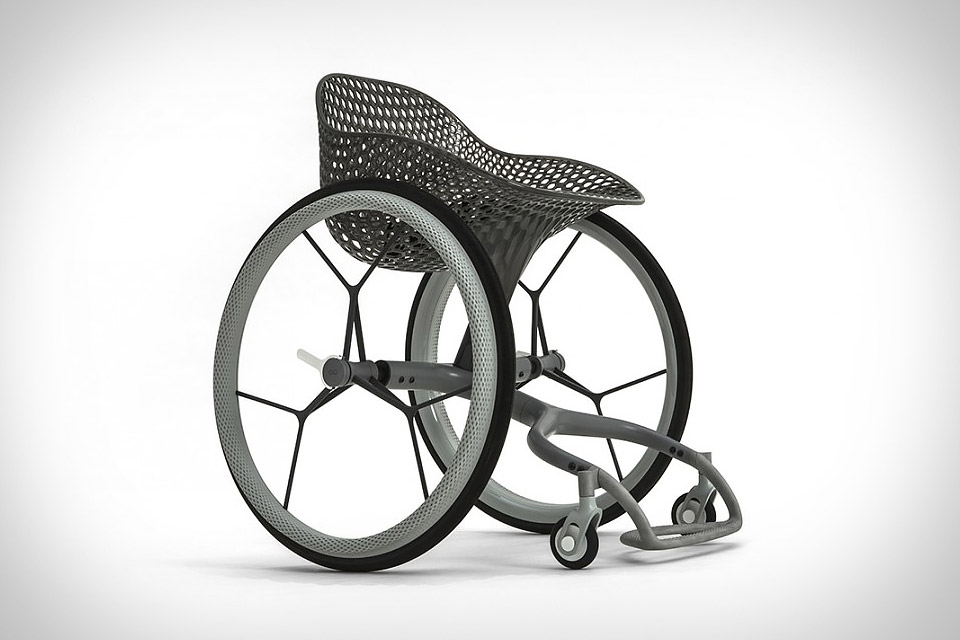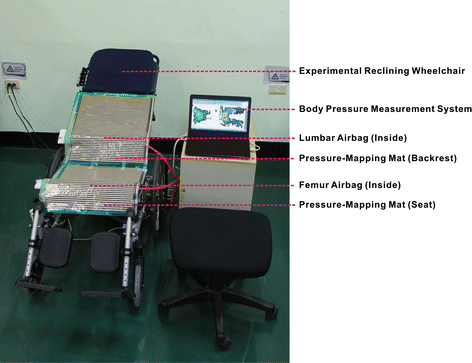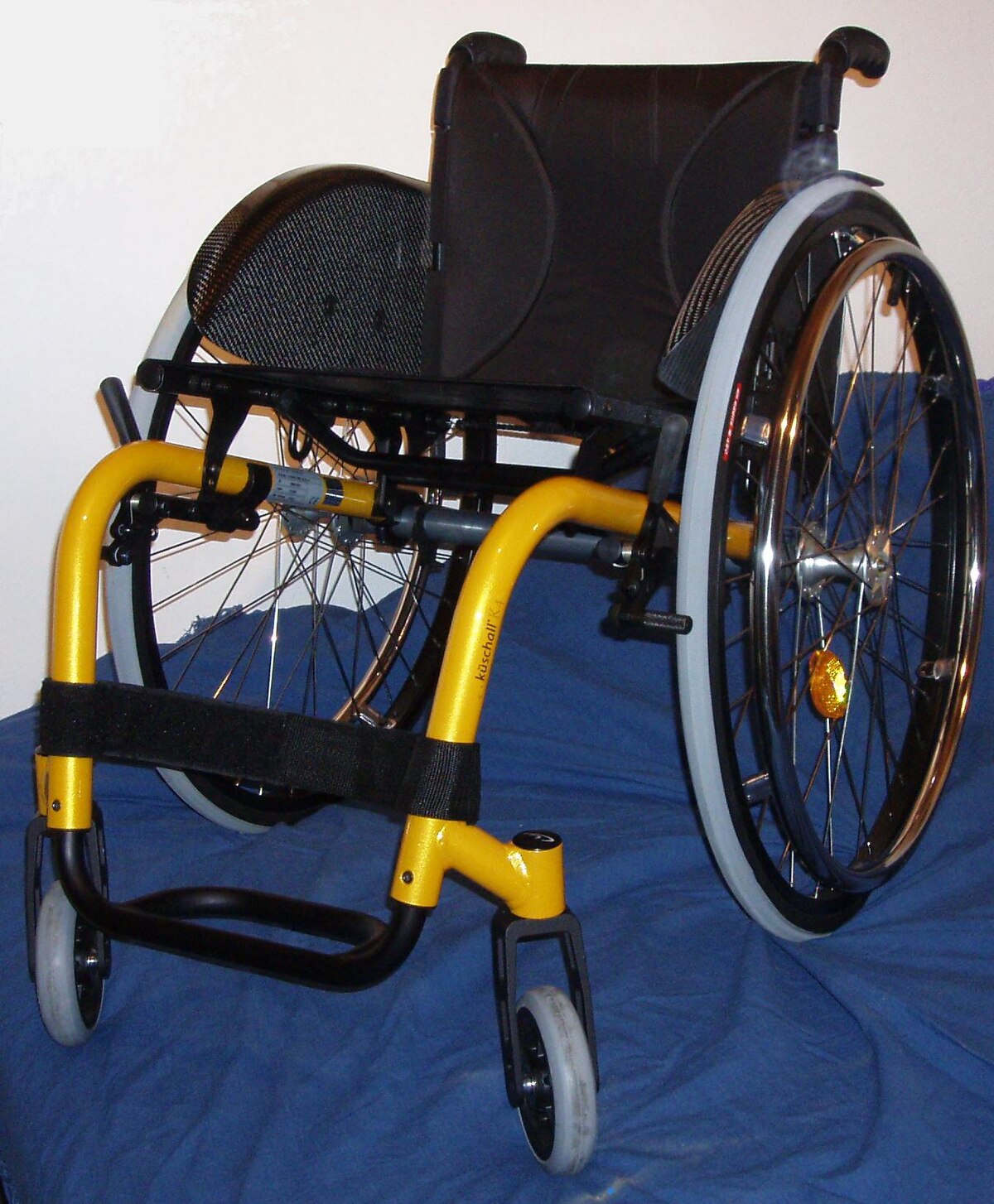
Body Measurements For Wheelchair
Rear seat to floor measure from the ground to the seat bottom. Place the person in an upright seated position. Measured from the front of the back post to the front ed ge of the seat upholstery. However which of the linear body measurements that need to be taken on a specific client may vary and depends on the complexity of the needs of the individual. Measure from the underside of the knee to the sole of the foot. Subtract the thickness of the compressed cushion and add approximately two inches for footrest clearance unless the wheelchair will be foot propelled.
This may influence seat width or arm style. Record the length of the persons leg from their rear to their knee. Measure the widest point of the thorax just below the arm pit. A wheelchair users seat to axilla armpit measurement h less 30 mm is themaximum distance between the top of the. Measure the widest area across the lower extremities if different from the hip width. Record the length from the.
A wheelchair users hip width body measurement a equals the wheelchair seat width or the distance between the pelvis. According to the document a clinican application guide to standardized wheelchair seating measures of the body and seating support surfaces revised edition waugh crane 2013 there are 36 linear body measures. Measure the hip width of the person who will use the wheelchair. Here is a quick guide to help you obtain some of the most common measurements required for wheelchair configuration. Place the measuring tape on the back of the. Seat depth is determined by measuring the user from the back of their pelvis to the back of their knee when they are in a seated position.
Determining seat dimensions 1.
Random Post
- jennifer winget body measurement
- tuba buyukustun body measurements
- body measurement tracker google sheets
- snsd body measurements
- bra fitting hamilton
- rebecca romijn body measurement
- body measurement tv show
- sippy gill body measurement
- mashal khan body measurement
- tools for body measurement
- korean idol body measurement
- band size bra measurement
- body frame measurement
- nfl player body measurements
- akshaya deodhar body measurements
- chyna body measurements
- lisa edelstein body measurement
- utv body measurement
- body style measurements
- irena drezi body measurement
- bra size 32c bust measurement
- sanya malhotra body measurement
- kirthi suresh body measurement
- slim thick body measurement
- keith sequeira body measurement
- brooklyn decker body measurement
- ireland baldwin body measurement
- tapasya nayak srivastava body measurement
- medical body measurement
- body fat percentage measurement nyc
- body measurement fgo
- jin baek body measurement
- body measurement goal calculator
- willow smith body measurement
- body type measurement test
- the criterion measurement of body composition
- parth samthaan body measurement
- body measurement cwd
- upasna singh body measurement
- how to take body measurement for clothes
- eline powell body measurement
- importance of body measurement in sewing
- best body measurement in bollywood actress
- venus williams body measurement
- contemporary methods of body composition measurement
- ayesha jahanzeb body measurements
- zebrafish measurement
- point blank body armor measurement form
- free printable body measurement worksheets
- body temperature measurement time



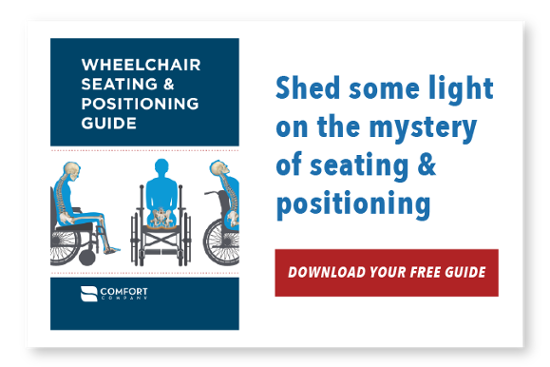



/GettyImages-107741521-58fa672a5f9b581d5912998c.jpg)
